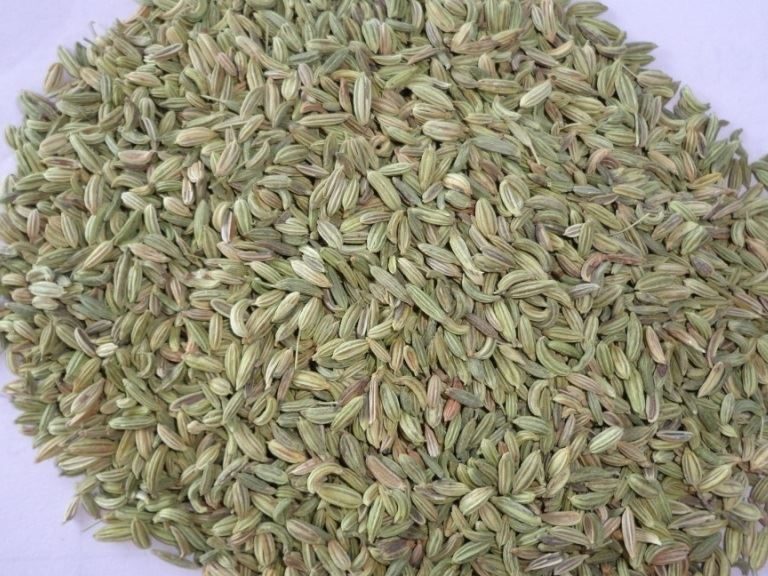The strongly-smelling leaves, flowers and sometimes roots of wild plants have been a mainstay of folk remedies for years.
Easy To Make and Easy to Grow
Although many industries have grown up offering commercially produced natural beauty treatments, many of the older herbal recipes can be made by almost anyone. The ingredients are very easy to grow, and can be cultivated in pots on the windowsill or in a spare patch of garden. Many, too, grow wild in the countryside.
Here are two fun beauty recipes using aromatic plants.
Fennel Diet Tea
This tea has traditionally been used to curb the appetite. Don’t take it too seriously – although it might work!
It uses the seeds of the fennel plant, which grows easily in temperate climates. Fennel root is popular in salads, and the tall, feathery plant grows to a height of between one and three feet, and puts out dainty yellow flowers. These flowers taste delicious in salads, and if left, eventually they create seed pods.
This tea uses the seeds of the fennel plant. If you like to drink your tea hot, it is best brewed in a china teapot, as this holds the heat better than a metal one.
Ingredients
- 4 tablespoons fennel seed
- 1 litre (2 pints, 5 cups) of boiling water
- Fresh watercress.
Method
- Rinse the teapot out with hot water, and put in the fennel seeds.
- Bring the water to the boil, and pour into the pot.
- Put the lid on the pot and let the tea “brew” for ten to fifteen minutes.
- Strain only before drinking.
- Drink 1/2 cup of strained tea in the morning before breakfast, and another 1/2 cup in the evening before supper. In each case accompany the tea with several sprigs of the fresh watercress.
- Store the left over tea in a bottle. It does not need to be refrigerated unless the weather is very warm.
Glossy Hair
In the days before hair conditioners, there were all kinds of folk remedies for dull, dry hair, and recipes for making the hair glossy and bright.
Camomile (also sometimes known as “chamomile”) was a very popular herb for use on the hair . The flower has a daisy-like appearance, with white petals, and in the hedgerows it grows to about a foot high.

Made into a tea camomile is well known to calm the nerves and has a blood-thinning effect. It has also been used for centuries to make dry, lack-lustre hair more shiny and manageable; as a form of natural conditioner. When used on the body, camomile solution repels many insects, and soothes inflamed skin.
So, in less developed societies, a camomile hair rinse not only made the hair look and smell nice, but it probably helped protect against head and scalp infestations! Lemon juice is good to use with camomile as it gives an extra shininess to the hair.
This natural rinse can be used instead of a commercial, chemical hair conditioner.
Chamomile Lemon Rinse for Soft, Shiny Hair
Ingredients
- 1 Litre (2 pints, 5 cups) plain water
- 125 grams (4 ounces, 1/2 cup) of dried chamomile flowers
- The juice of 1 lemon.
You will also need to get ready a cooking pot, a strainer and a jug.
Method
- Boil the water in the cooking pot, and add the chamomile flowers and lemon juice.
- Let it stand for an hour
- Pour through the sieve into the jug.
- Wash your hair.
- After thoroughly rinsing off the shampoo, pour over the mixture.
- Leave it in your hair for ten minutes.
- Dry the hair as usual.
The pleasant aromas and gentle effects of plants are available to anyone who cares to take the trouble to grow or collect them. However, if collecting from the wild, it is a very bad idea to collect large quantities from just one area. By doing so, you may damage the plant’s chance of reproducing itself.
The ideal solution is to set aside a corner of the garden and grow a variety of herbs there. Then you will be able to harvest them whenever you like.
Think Organic
As with anything that is to be consumed or used on the body, it is better to use organic herbs which have not been sprayed with chemicals or subjected to intensive cultivation.
